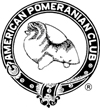Many Pom lovers are surprised to learn there is great variety even just among oranges! They vary in shade from very pale almost cream, to nearly reddish. There are primarily two genes responsible for creating “orange” poms.
The first is on the A (Agouti) Locus and is recessive, a(y). Paired together, two a(y)a(y) genes create a pom on the orange spectrum. They are often born looking “brown” and duskier in color than they turn out as adults, as a result some people mistakenly think their orange puppies are some sort of sable, but they clear up with age. They typically retain some black hairs on their tail tips and have black whiskers, unlike the clear oranges. As adults they can vary in shade from rather pale (almost cream) to a deep almost reddish orange.
Orange (Agouti type)

Orange newborns 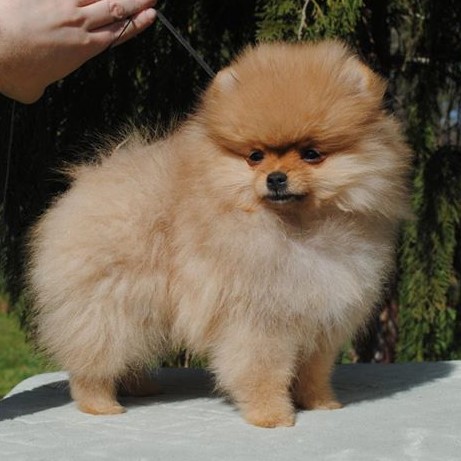
Orange 8 wks 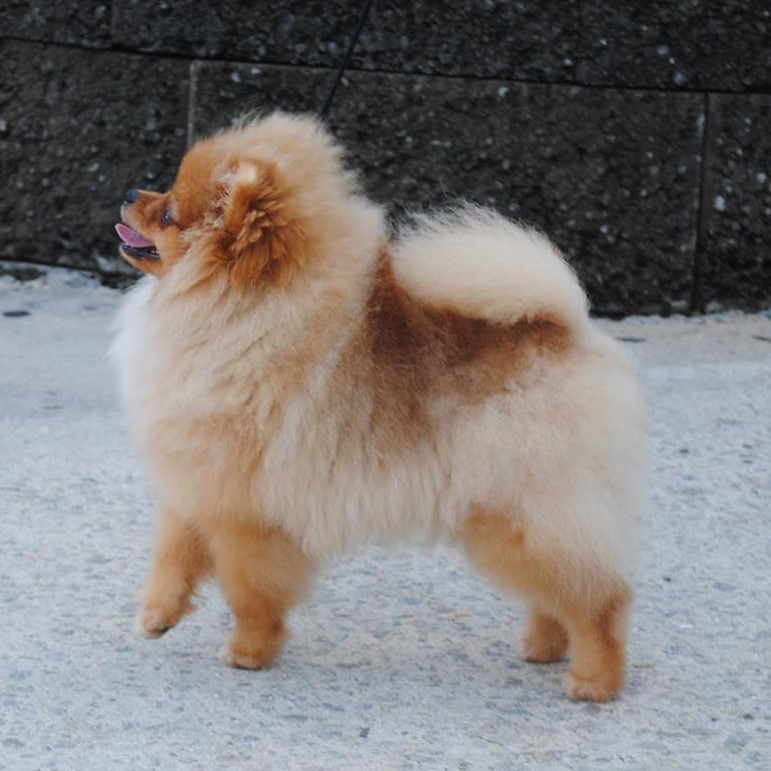
Orange 6 mos 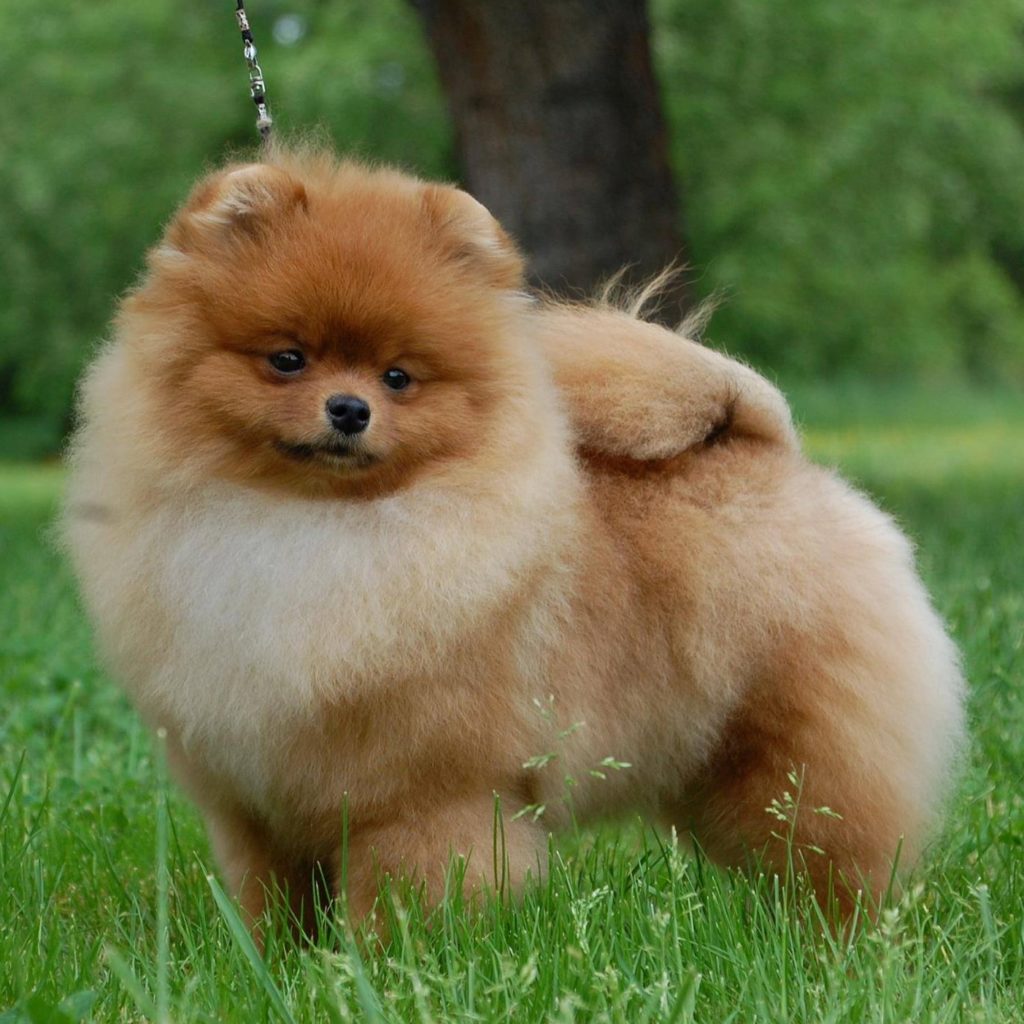
Orange 6 mos 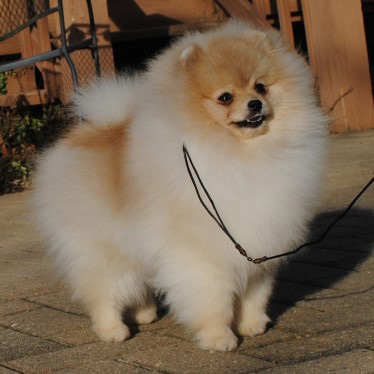
Orange 8 mos 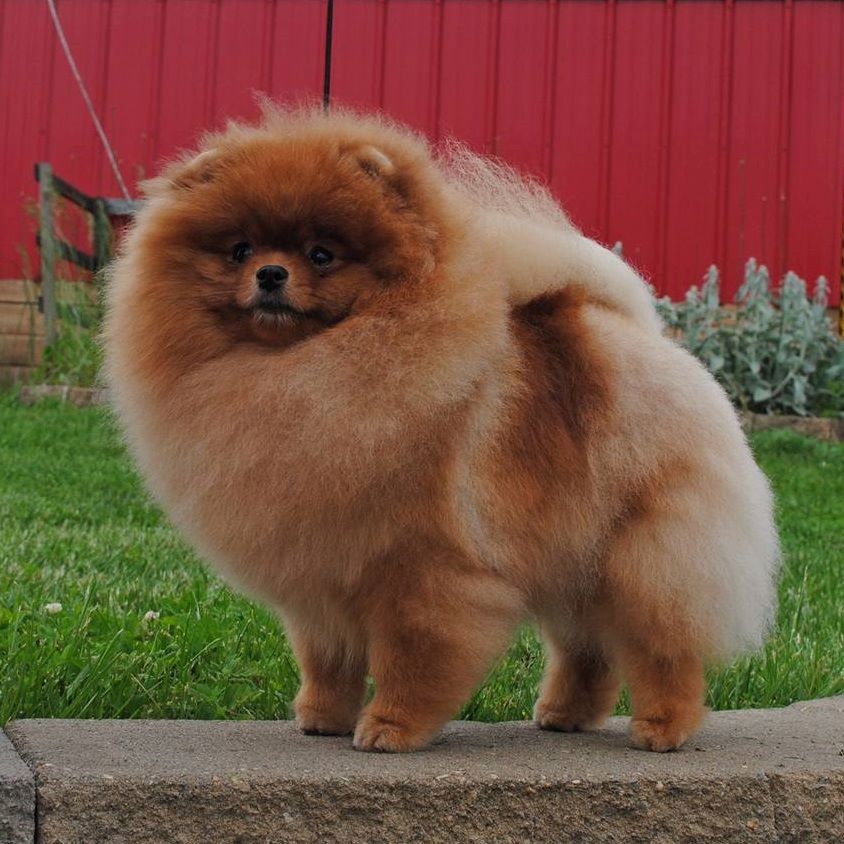
Orange adult 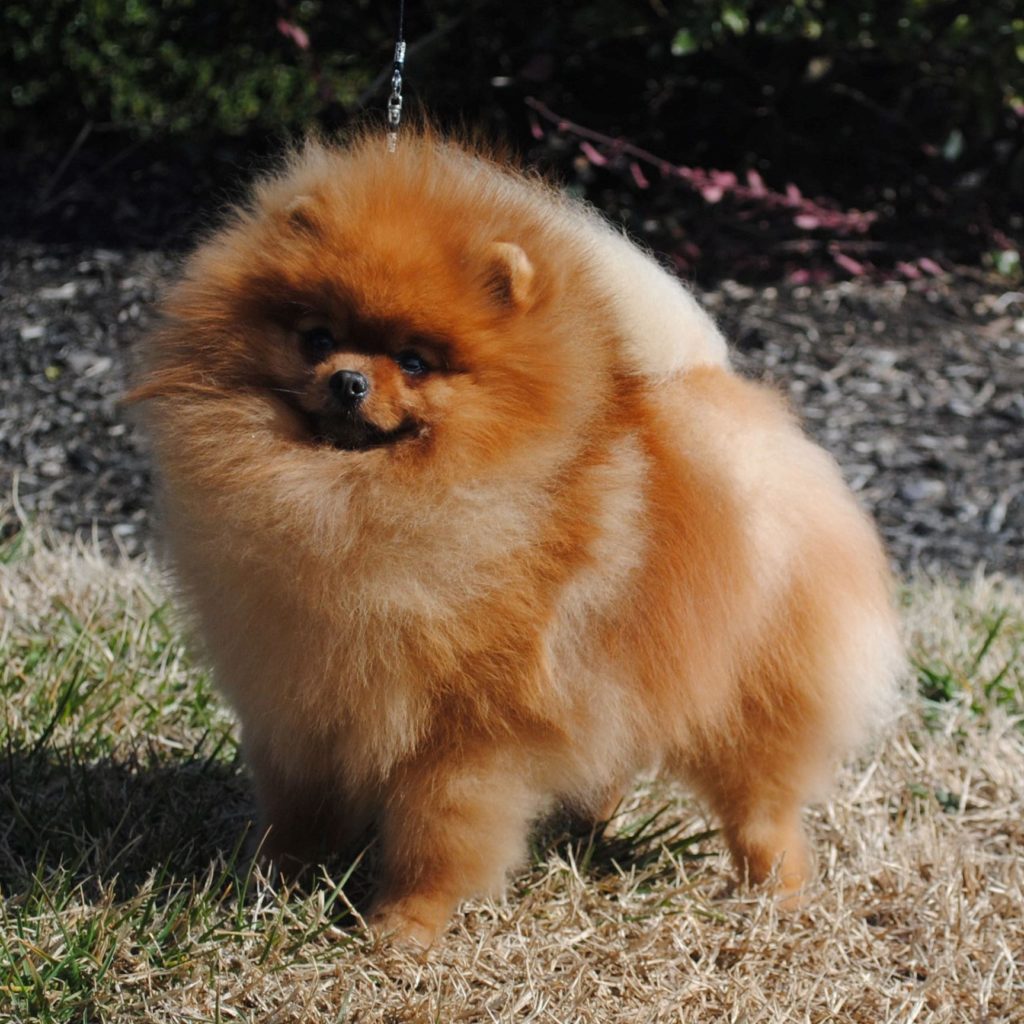
Orange adult 
Orange Adult
Clear Orange
The second gene responsible for some orange poms is at the E (extension) Locus. The recessive e gene is responsible. This gene extends the amount of yellow pigment in each hair to the point that NO black pigment can be created in the hair at all. As a result these puppies will be clear orange or cream at birth, with no black/grey hair, and they will have clear/straw colored whiskers (NOT black), unlike the Agouti type orange. Pom breeders are usually startled by the birth of a “cream” puppy in a litter of typical oranges. They stand out.
As adults they can vary in shade from almost cream (in fact many creams are probably ee) to a brighter deeper orange. In fact as adults many clear oranges are almost indistinguishable from their agouti counterparts, with the whiskers and a total lack of stray black hairs being the only “tell”. Some do remain paler and sometimes the pigment on their noses fades with age moreso than the agouti type oranges.
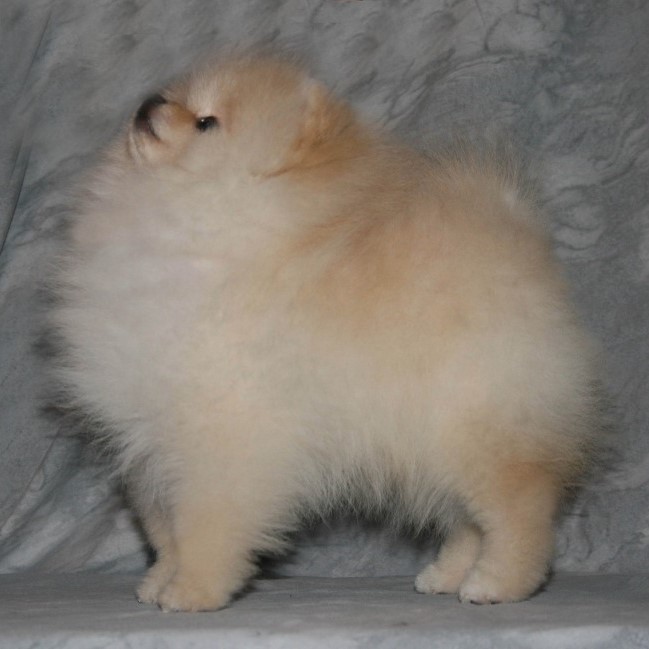
Clear Orange 14 wks 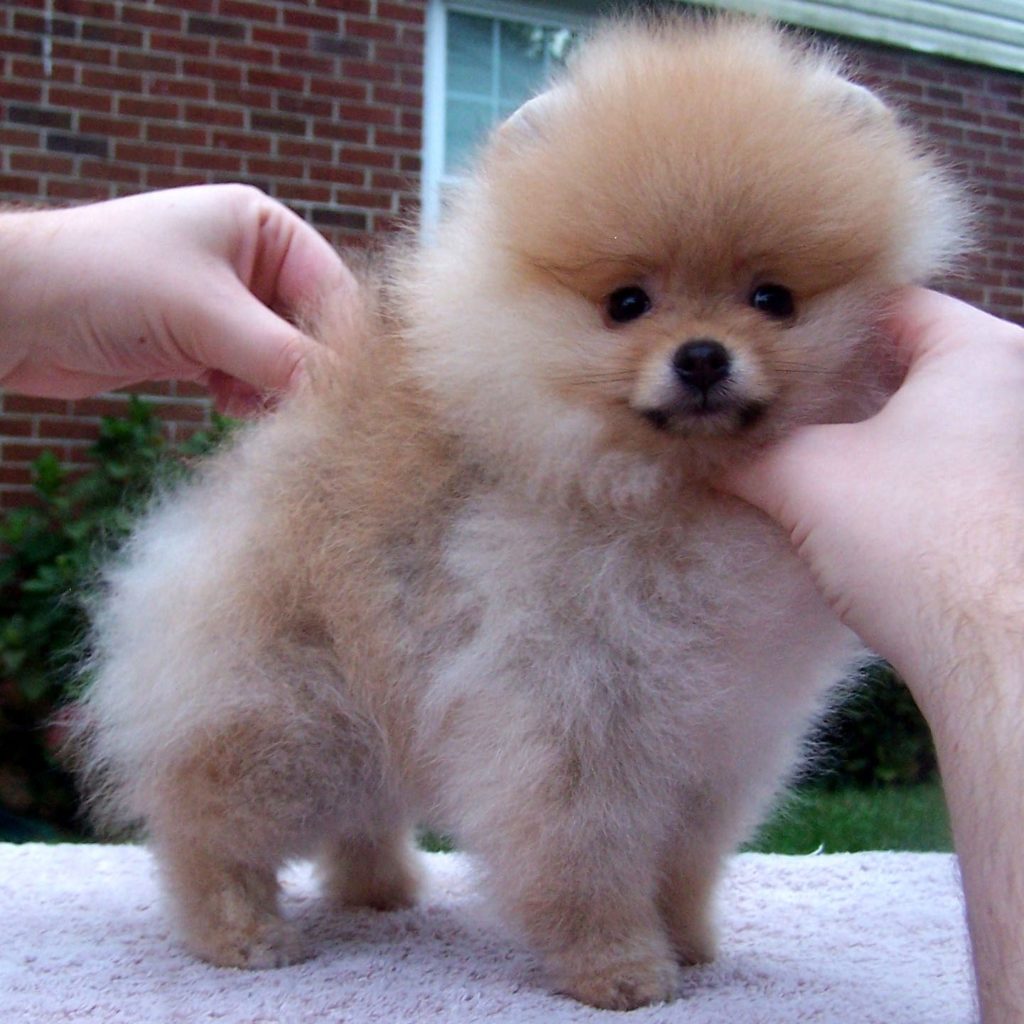
Clear Orange 8 wks 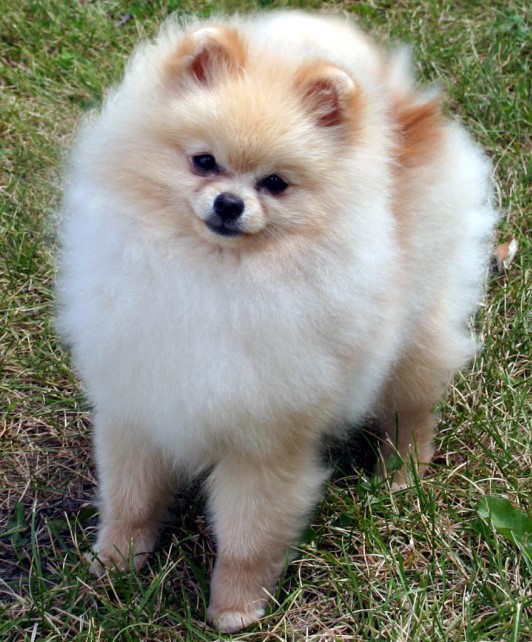
Clear Orange 6 mos 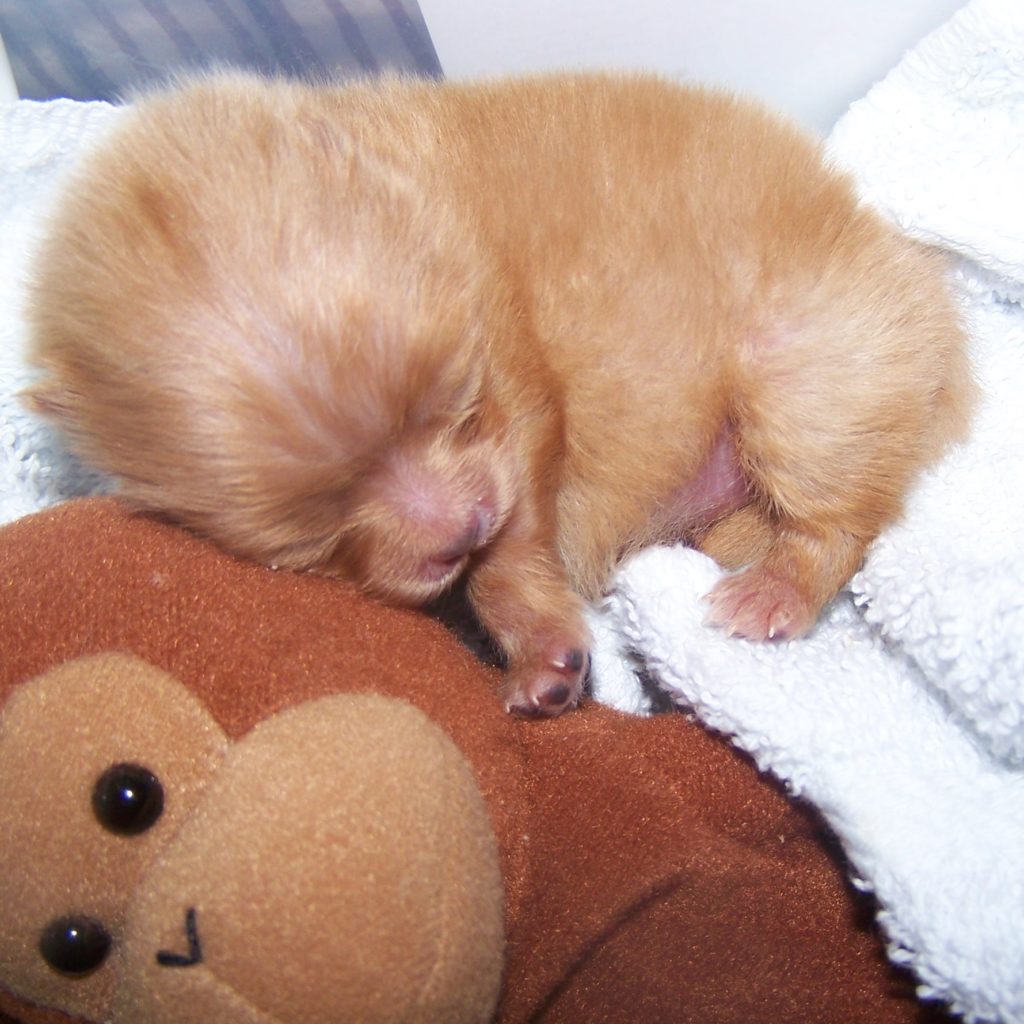
Clear Orange Newborn 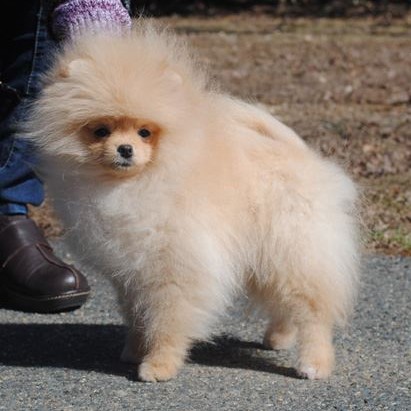
Clear Orange 6 mos 
Clear Orange Adult 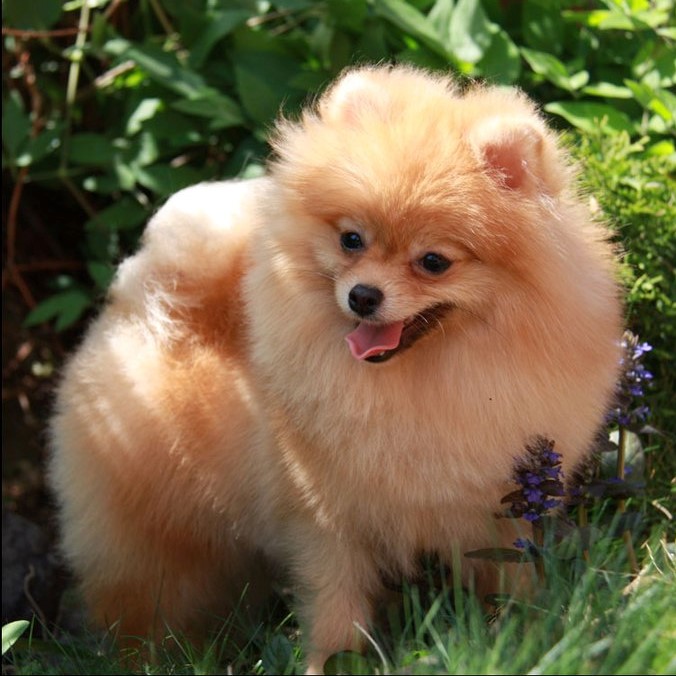
Clear Orange Adult 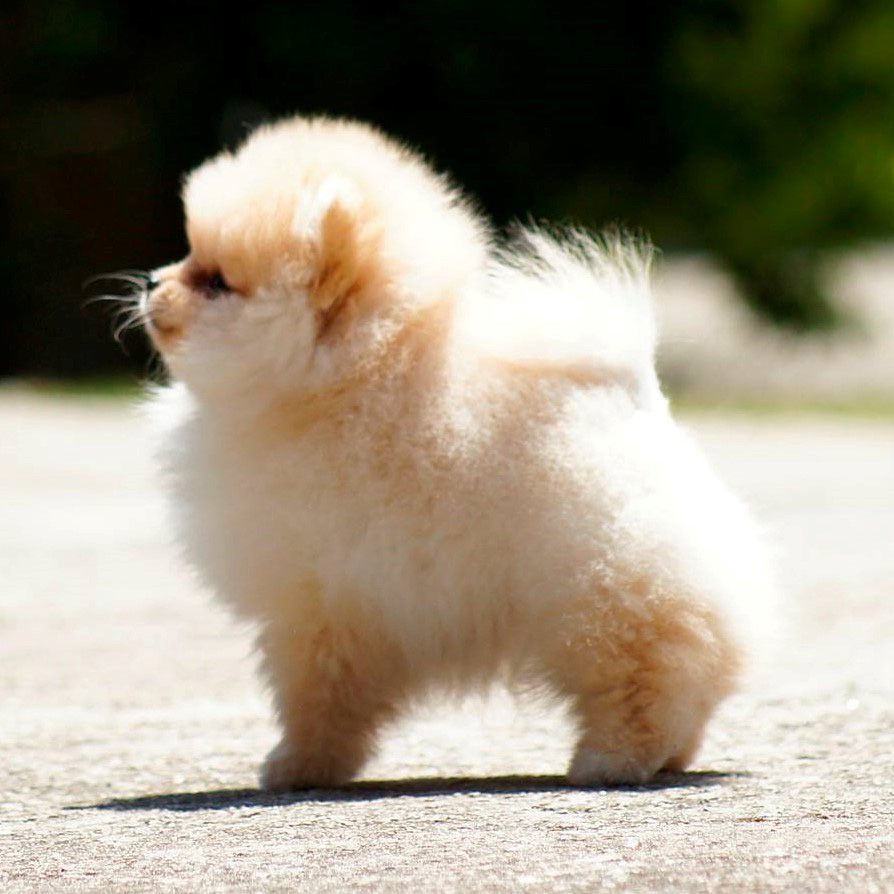
Clear Orange 8 wks 
Clear Orange Adult
Orange Sable
Sable is a pattern rather than a color. The term sable refers to the black banding on the guard hairs which give it the sable, or shaded appearance. When no other recessives are at play, it will appear as orange sable. Sable can vary from just a few black hairs on the back or tail, to heavy sabling all over the dog (almost appearing black & tan). Some sables may carry the saddle-sable a(s) gene in addition to a(y), but some seem to test as a(y)a(y) with unknown factors increasing the amount of black in their coat, and many sables turn out to be carriers of black & tan, and test a(y)a(t).
At birth some sables appear VERY dark, and are often mistaken for black & tans. They will typically lighten up as they age and change coat. Sometimes the adolescent coat (4-6mos) has very little sabling but when the adult guard hairs grow in they can become quite dark again.

Orange Sable adult 
Orange and Orange Sable newborns 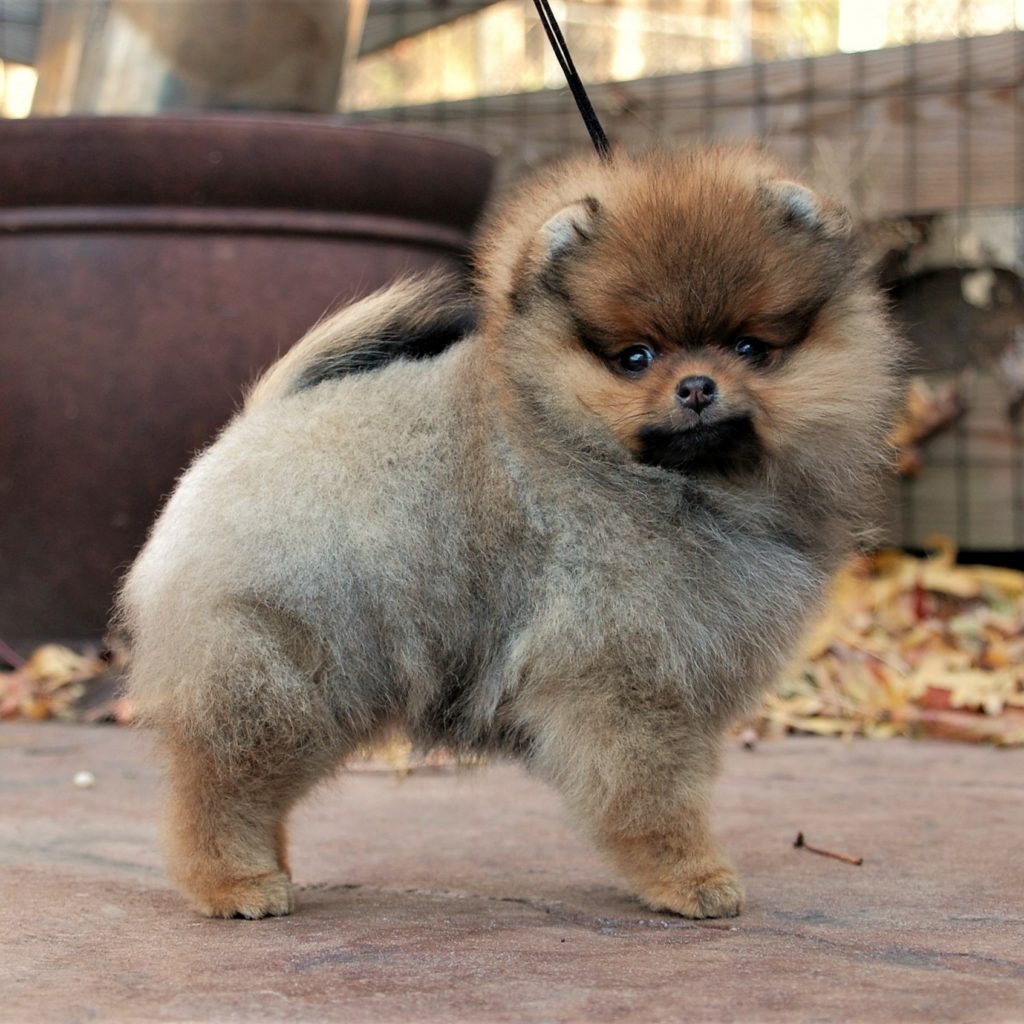
Orange sable 10 wks 
Orange Sable 8 wks 
Orange Sable Adult 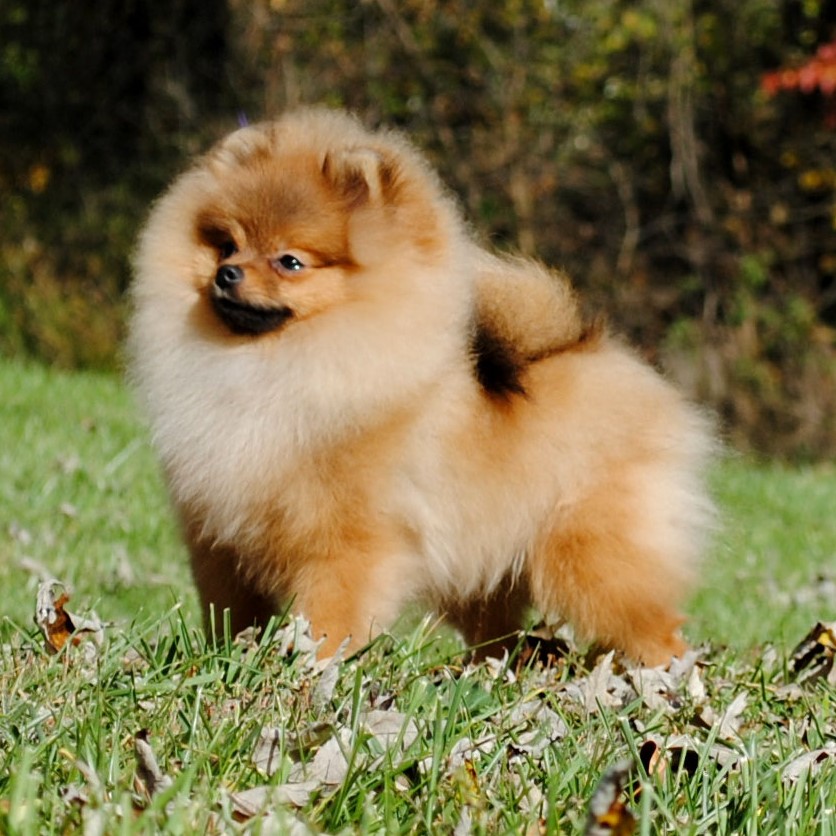
Orange sable 6 mos
Red
Red is similar to orange but its color is a deep rich red, similar to that of an Irish Setter.
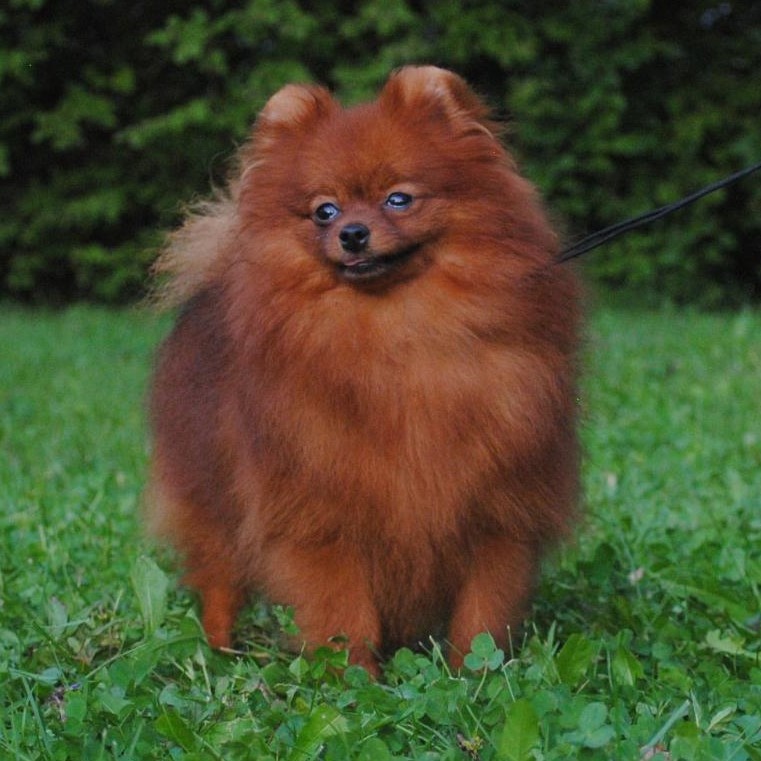
Red Adult 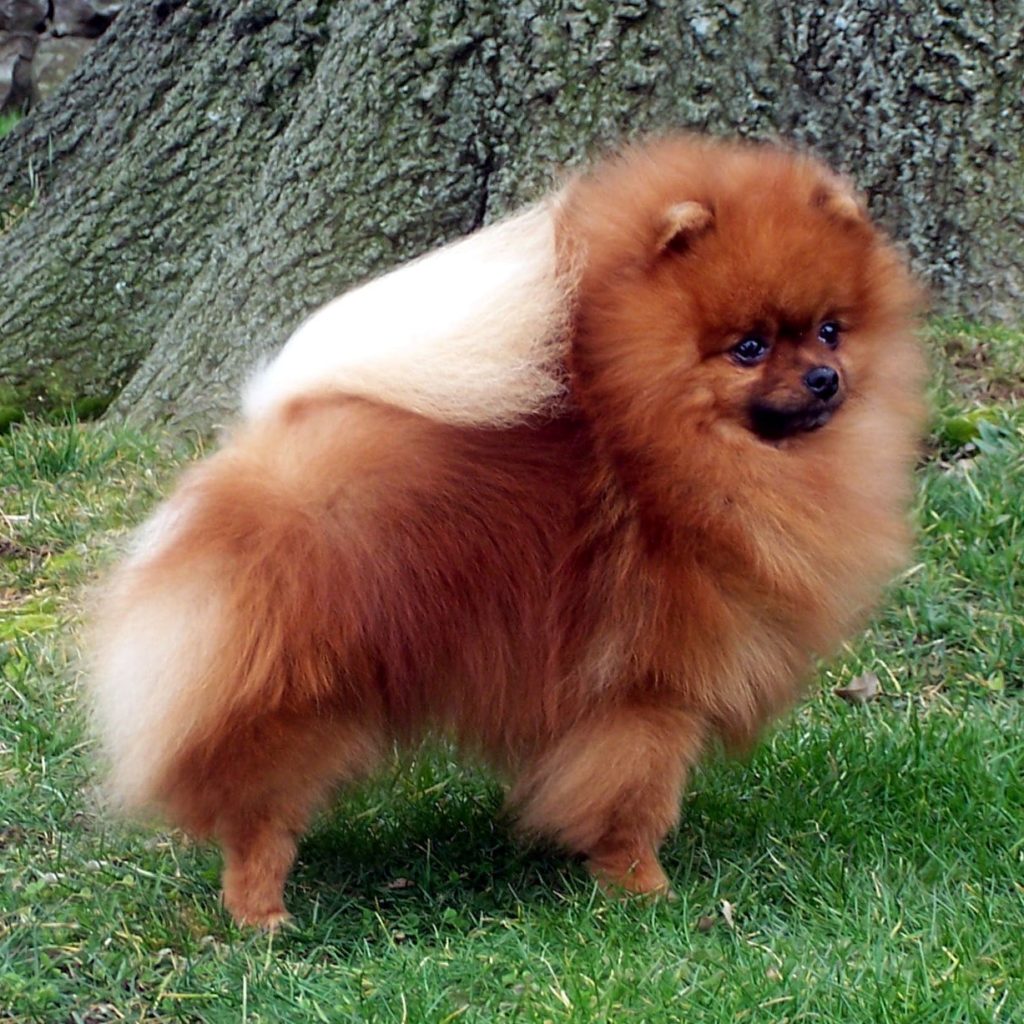
Red Adult 
Red 7 mos 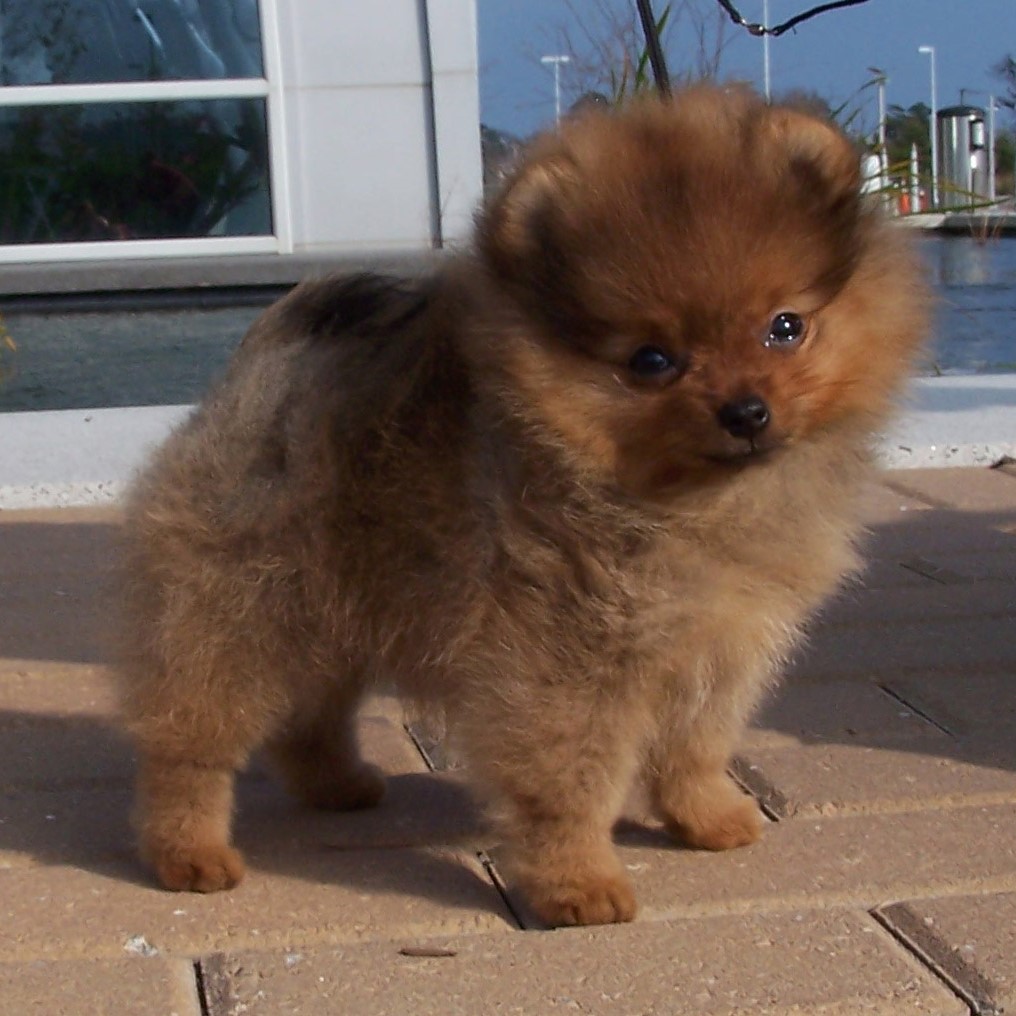
Red 8 wks 
Red Newborns
